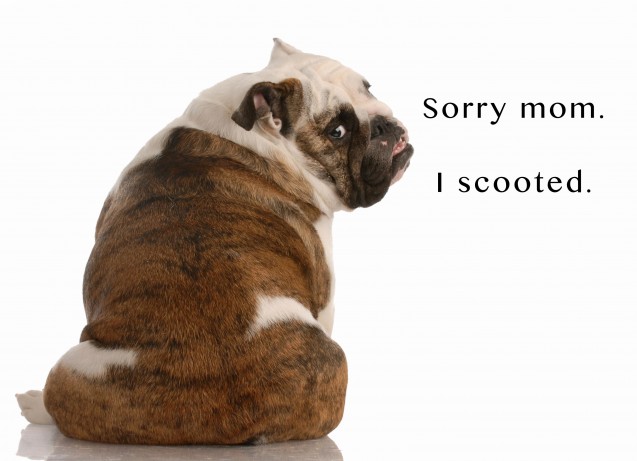Anal Glands Can Affect Your Pet’s Health – the Stinky Truth
Anal glands are not something pet owners want to talk or think about, but they are something they need to know about.
Anal sacs, or glands, are located on both sides and slightly below your dog or cat’s anus. They produce fluid with a distinctive odor. Healthy anal glands express (empty) on their own when your pet has a bowel movement. However, some anal glands do not express on their own sometimes. This can be due to a variety of reasons, including inherited malformations, or poor-quality foods which can cause poor-quality bowel movements.
This can become a serious health issues for your dog or cat, because if those anal sacs do not empty properly on their own, they can become impacted. This can lead to difficult or painful bowel movements, which can lead to potential infections or abscesses.
The most obvious way your dog or cat will tell you that his or her anal glands are bothering him is that they will bite or lick at their anal area, or scoot across the floor in their own attempt to express the glands. The fluid in the anal sacs is extremely stinky, and you will know if your pet has expressed his or her anal glands on their own when you smell it.
If your pet is showing signs of being impacted, or if he or she has a history of it, it is best to have a professional express the anal glands for you. This can be done at some groomers, or at a veterinary clinic.
You can also ask your veterinarian to recommend a high-fiber diet to create stronger stools, which may lead to some relief. However, if that does not work and your dog or cat has repeated infections or abscesses, the anal glands may need to be removed.
See how anal glands are expressed by the certified veterinary technicians of American Animal Hospital in our How to Express Your Dog’s Anal Glands video here

